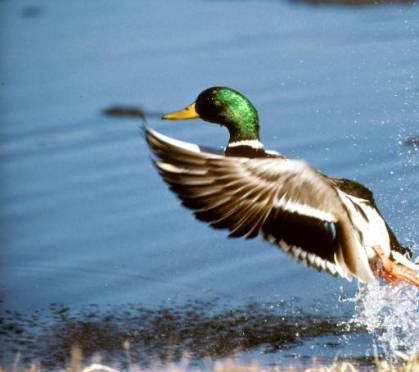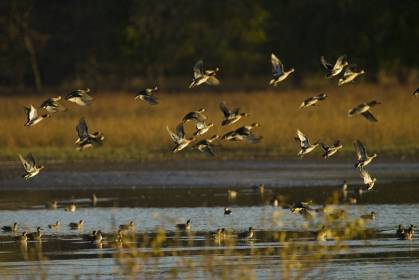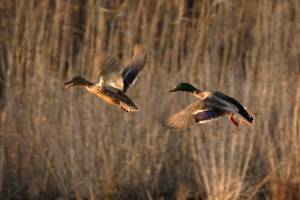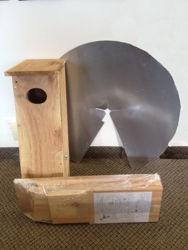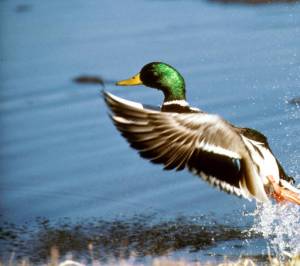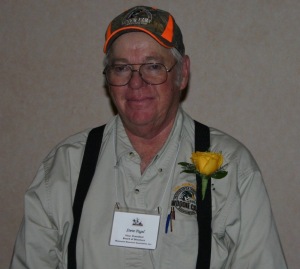Landowners, counties and watershed districts are now reviewing the preliminary map of Minnesota public waters requiring protective buffers. Landowners who have buffers identified on their property can work with their local soil and water conservation district or drainage authority to ensure the preliminary map is accurate.
Minnesota’s buffer law establishes new perennial vegetation buffers of up to 50 feet along rivers, streams and public ditches to help filter out phosphorus, nitrogen and sediment. The Department of Natural Resources’ role is to produce a map of the public waters and public ditches that require permanent vegetation buffers.
“Specific questions about the map’s depiction of waters on private land should go to local soil and water conservation districts or drainage authorities,” DNR Buffer Mapping Project Manager Dave Leuthe said. “Soil and water conservation districts are ready to work with landowners on these issues.”
The preliminary map created by the DNR displays public ditches only in counties and watershed districts that have submitted their data and had them incorporated into the map by the DNR. A status map is also available, showing the progress of each Minnesota county and watershed district in getting their data on the preliminary buffer map. Eighty-two of the 95 drainage authorities have submitted the required data. The DNR is working with those entities that have not yet submitted data, and designed a tool to help counties with paper data to digitize and submit their information.
Counties and watershed districts reviewing the preliminary map can suggest updates or corrections where ditch data on the map may not accurately show the current length or course of public ditches. The DNR has designed a tool that local governments can use to easily submit their suggested corrections online. Corrections made during this review process will help the DNR deliver a more accurate buffer map this summer.
The preliminary buffer map and status map are available at the buffers Web page. Also available at this website is a link to submit comments through May 31 about how the map is being created and more information about the buffer mapping project.

